OSLO APRIL 2014
I lived in Oslo in the 1960s, so was looking forward to going back after 45 years. It’s a short 1hr 45m flight over the North Sea, and soon we are landing at the Gardemoen International airport, which is a 30-minute fast train ride to the north east of the city. Soon we are in the heart of it and checking in to the Hotel Continental opposite the National Theatret. It is ideally placed as a central point for striking out to wherever you like – Oslo is a relatively small place, with a population of 600,000.
We start with a stroll down to Aker Brygge, the redeveloped waterfront with its strip of bars and restaurants. Here you can have a pint of Ringnes lager, Frydenland pilsner or pale ale, if you are good for the £10 it will cost you. Take a meal at any of the restaurants – the Albert bistro or Louise restaurant offer a full range of mussels, superb Norwegian salmon, burgers and more. Watch the ferries come and go and stare at the fortress on the hill over the fjord.
A walk up to the Royal Palace offers a view straight down Karl Johans gate to the city below. The National Gallery is a charming understated place next to the university, and rather brilliantly houses both Munch’s “Scream” and Rodin’s “Thinker”, plus some Monet, Manet and Picasso. The Theatre Café offers an excellent bar serving smoking cocktails in skeleton heads in a light environment – a great place for a drink and meal, surrounded by old photos of Liza Minnelli and other luminaries who have been here.
The next day is museum day, which involves taking the ferry to the Bygdoynes peninsula and walking round the posh houses to any of four well-presented museums. The Folksmuseum has an outdoor selection of traditional farm buildings gathered from around the country and re-assembled authentically. Wooden houses, cowsheds, cook houses and so on, many with turf on the roof as is traditional round here. These are interesting to rummage around in – more so than the interior of the museum. Next up is the excellent Viking Ships collection, in which two of them have been assembled complete. The scale is impressive, particularly when able to view them from above.
The nautical theme continues in celebration of two of Norway’s greatest explorers. The Fram is the ship that Amundsen used to beat Scott to the south pole. Amundsen won by consistently marching 20 miles a day. In bad weather he did it anyway, and in good he stopped at 20 to save energy for the next day. Scott either stayed in his tent on bad weather days or overshot and wore himself out. You can get right inside the Fram, and understand some of the design features that enabled it to withstand being frozen into pack ice – a hull rounded like a walnut so that it pops out of the ice rather than being sucked downward; flexible tar and sawdust joints to prevent the boat from cracking in two; and a retractable propeller mechanism. The Kon-Tiki museum celebrates the life of Thor Heyerdahl. He made a range of astonishing trips. Wanting to work out which direction the inhabitants of Easter Island came from, he built a balsa wood raft and sailed from South America to Polynesia. He achieved similar with a papyrus reed boat sailing from Morocco to Barbados, proving that the trips could be done using only materials available at the time.
In the afternoon it appears to be the Oslo marathon. We escape the throng by climbing up to the fortress and finding a superb restaurant called Festningen where we can enjoy a slap up meal overlooking the fjord on a perfect clear evening. The next day we take a walk over to Frogner Park, home of the fantastic set of sculptures designed by Gustav Vigeland. This is a must-see. It is a beautifully laid out park with over 100 sculptures in pretty much every position you can imagine, and a vast stone monolith in the middle comprised of twisted, writhing bodies. We grab an excellent lunch at the Herregardskroen restaurant overlooking one of the two ornamental lakes before investigating the Vigeland museum. This is definitely worth a look, since it enables you to understand the stone-carving process and see many of his original design ideas for the park.
On our final day we take the metro right to the end of the line – to Frognerseteren, perched 435 metres up on Holmenkollen, the home of the distinctive ski jump that hosted the 2011 Nordic ski championships. As a 5 year old I remember seeing its predecessor. The restaurant at Frognerseteren offers panoramic views over the whole area, and is a delight on a clear spring day. Oslo is superb for a city break. It combines excellent landscape with fascinating culture and lovely people. The only thing you need to watch is the price – it’s not uncommon to pay £100 a head for a meal, or £50 for a bottle of decent wine.






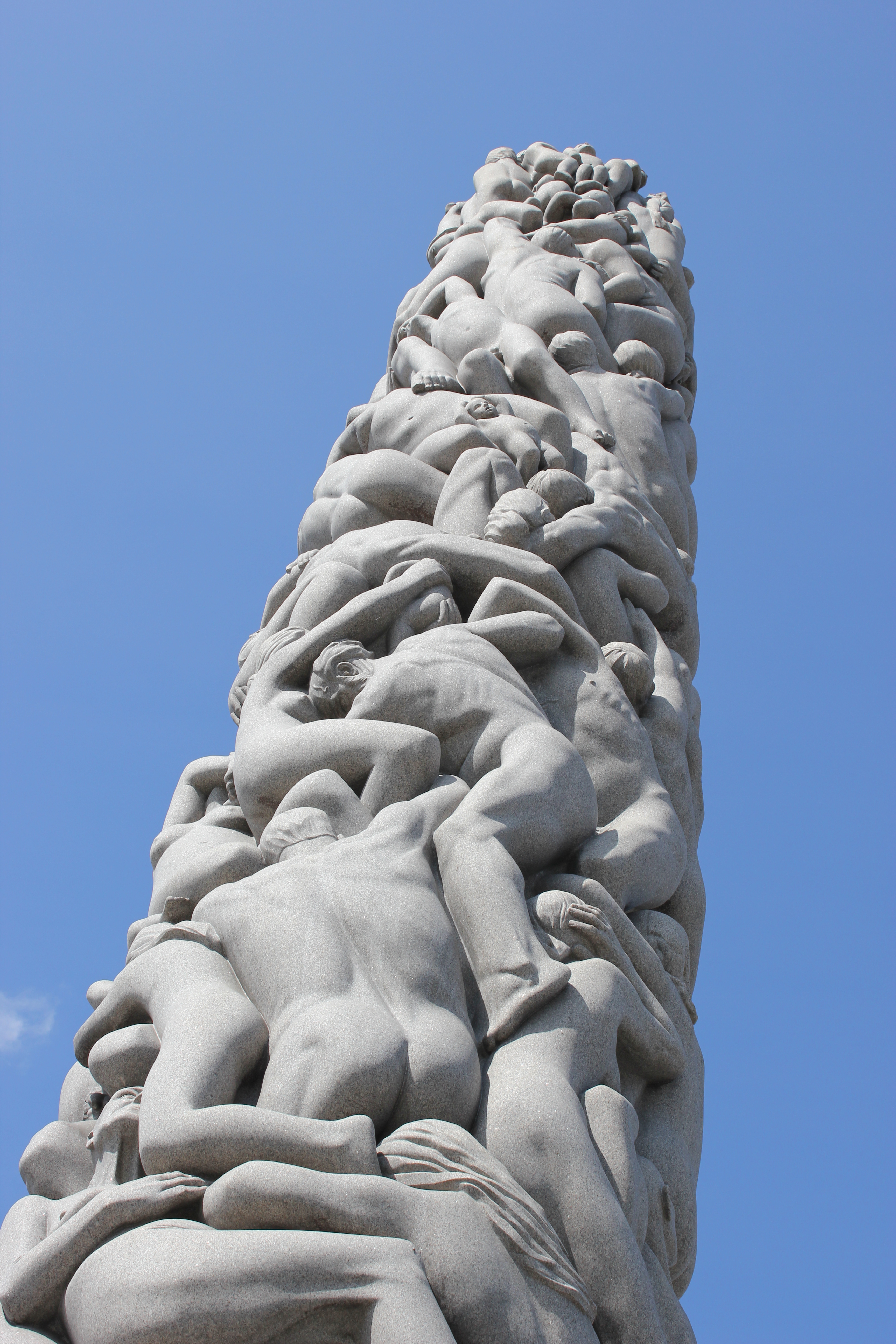
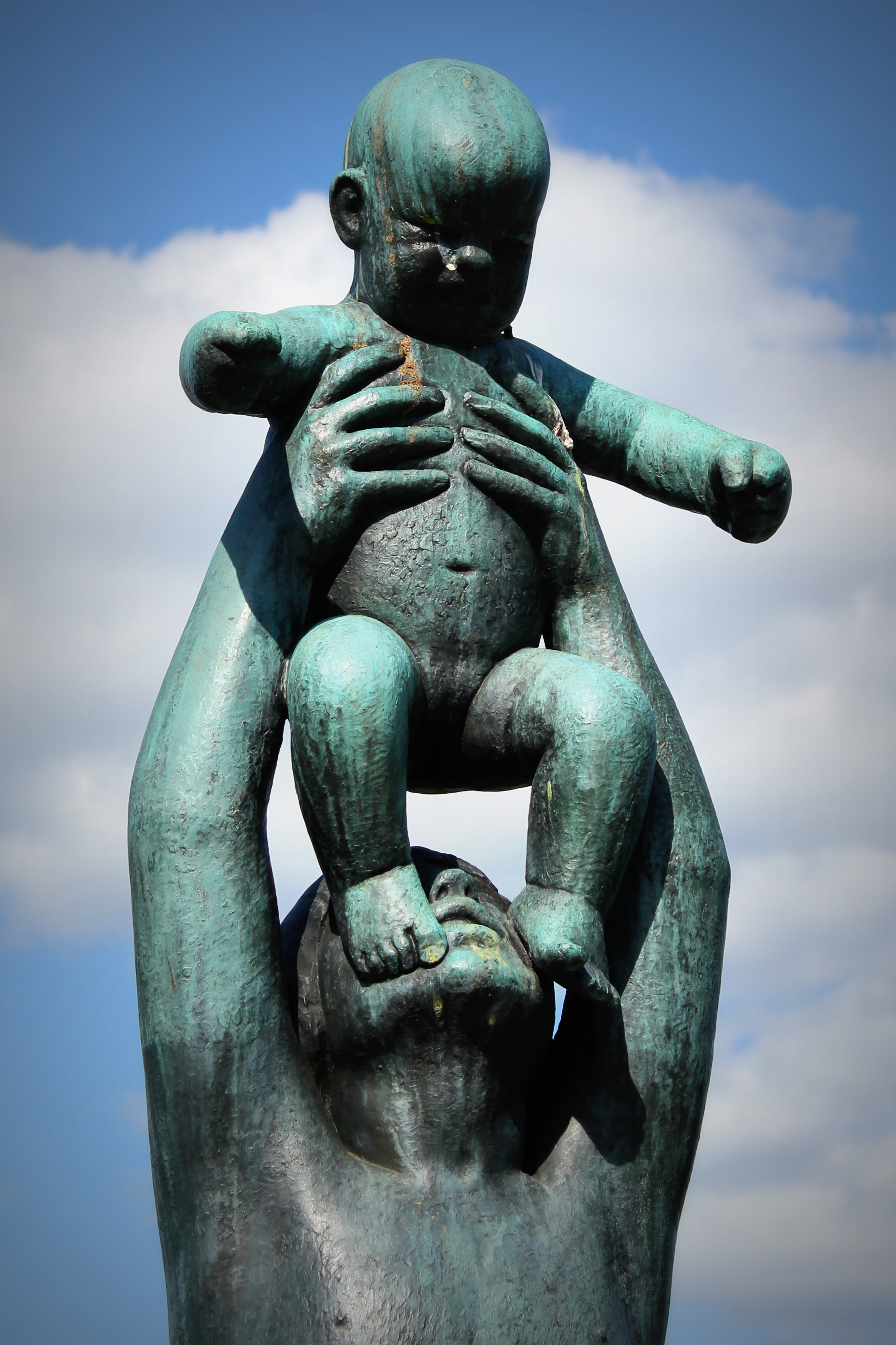
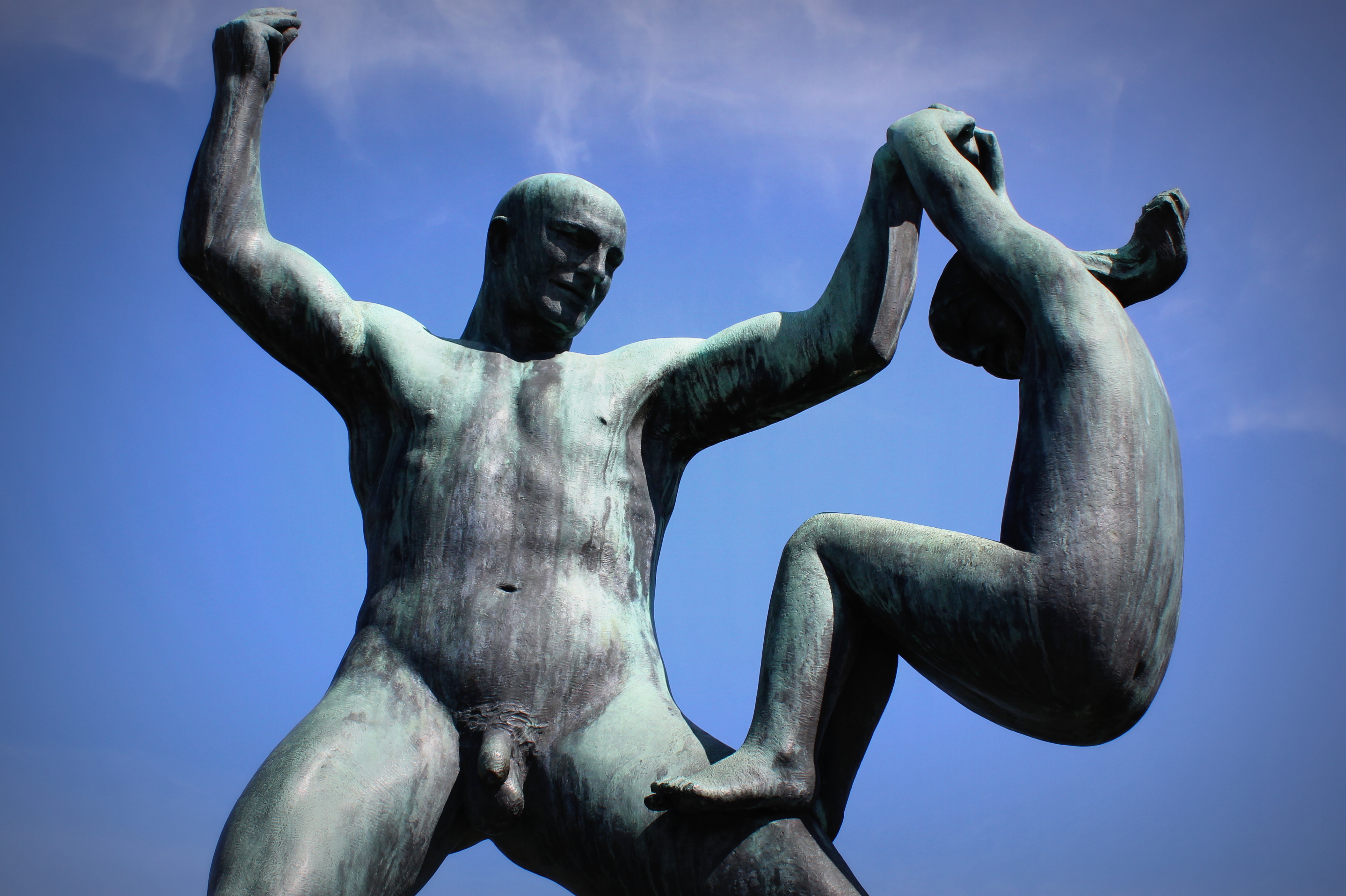

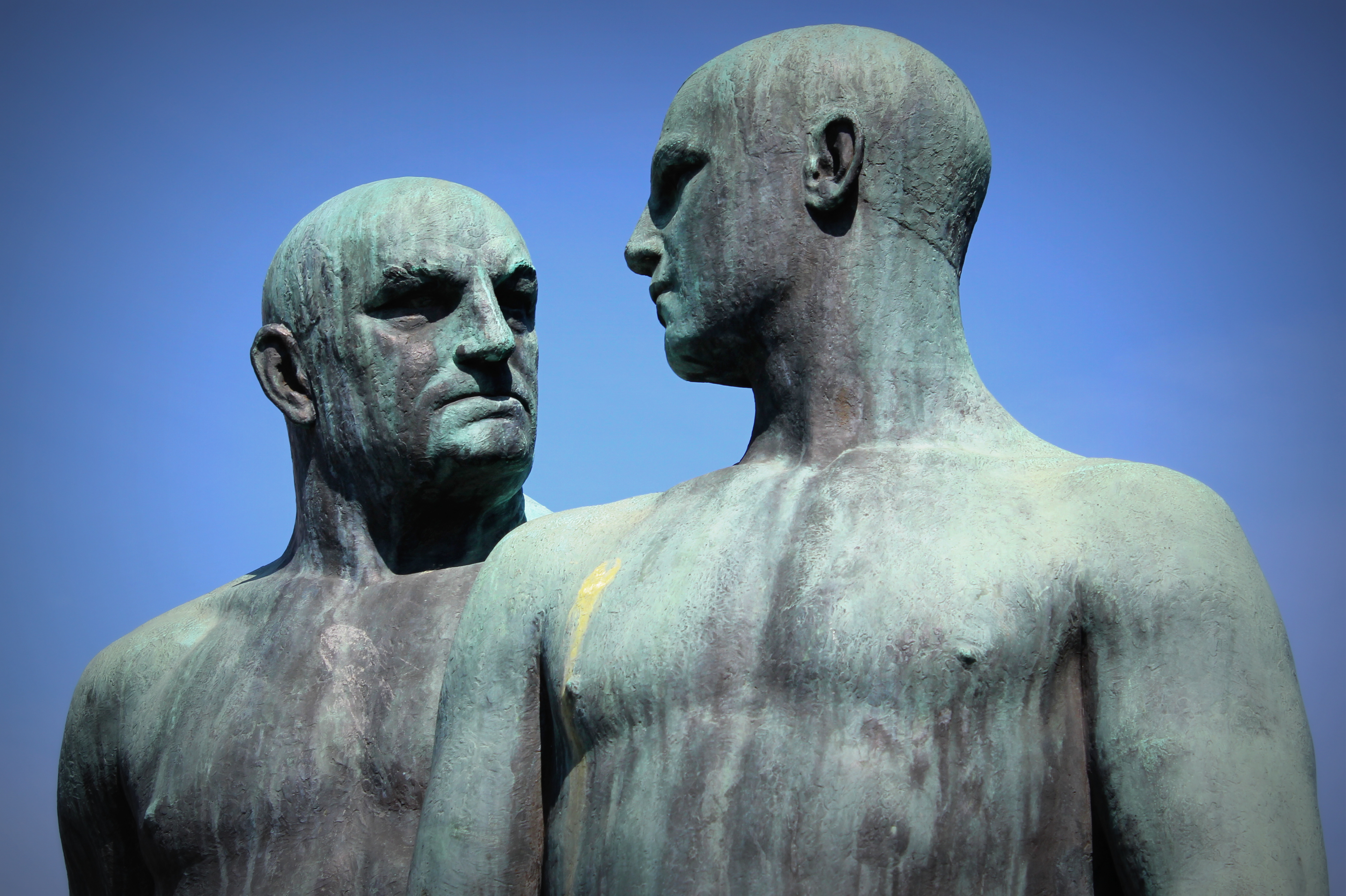


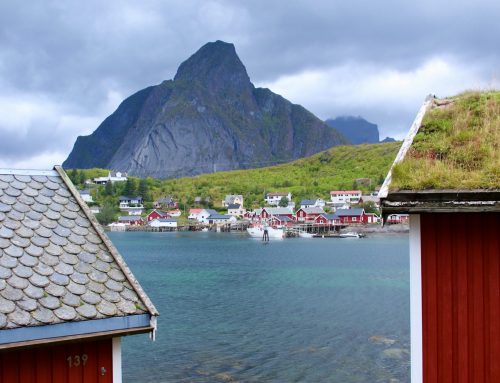
Leave A Comment